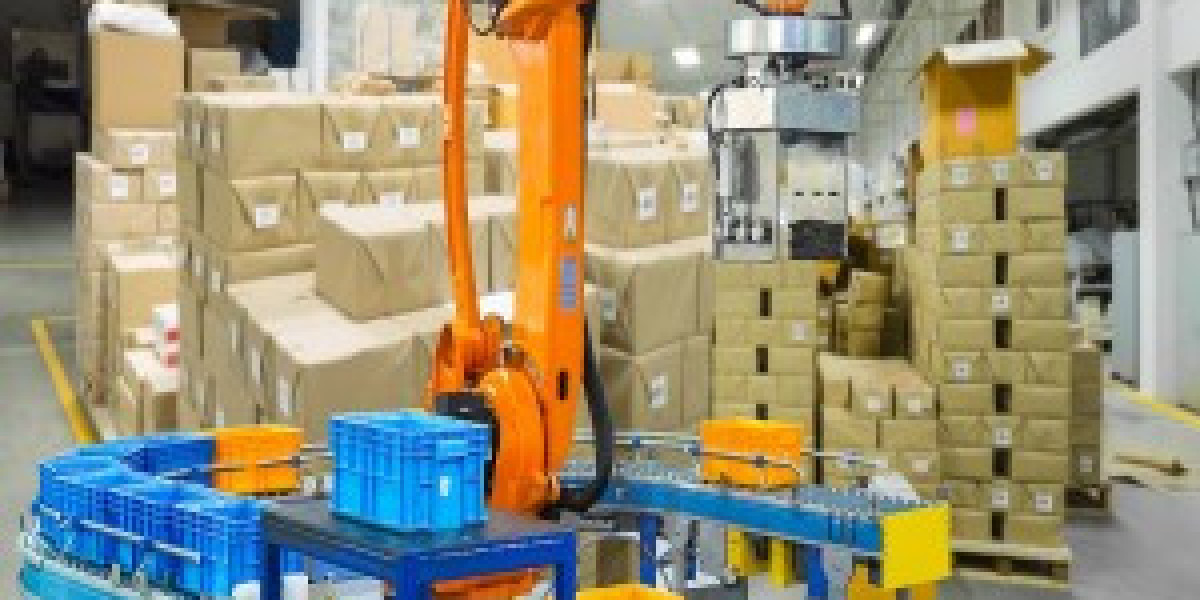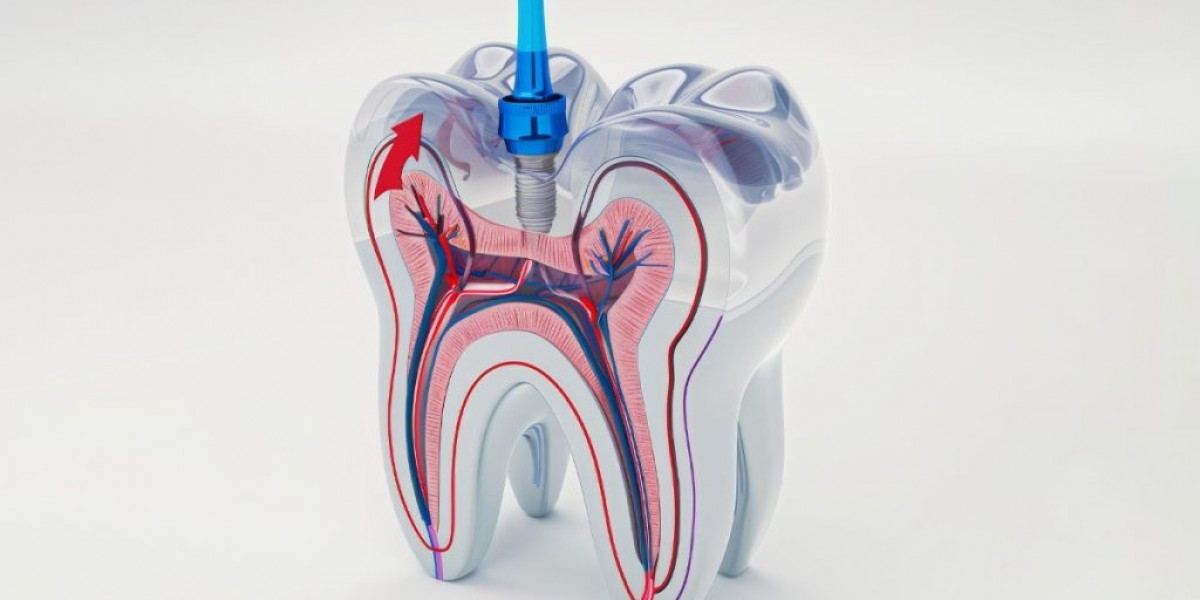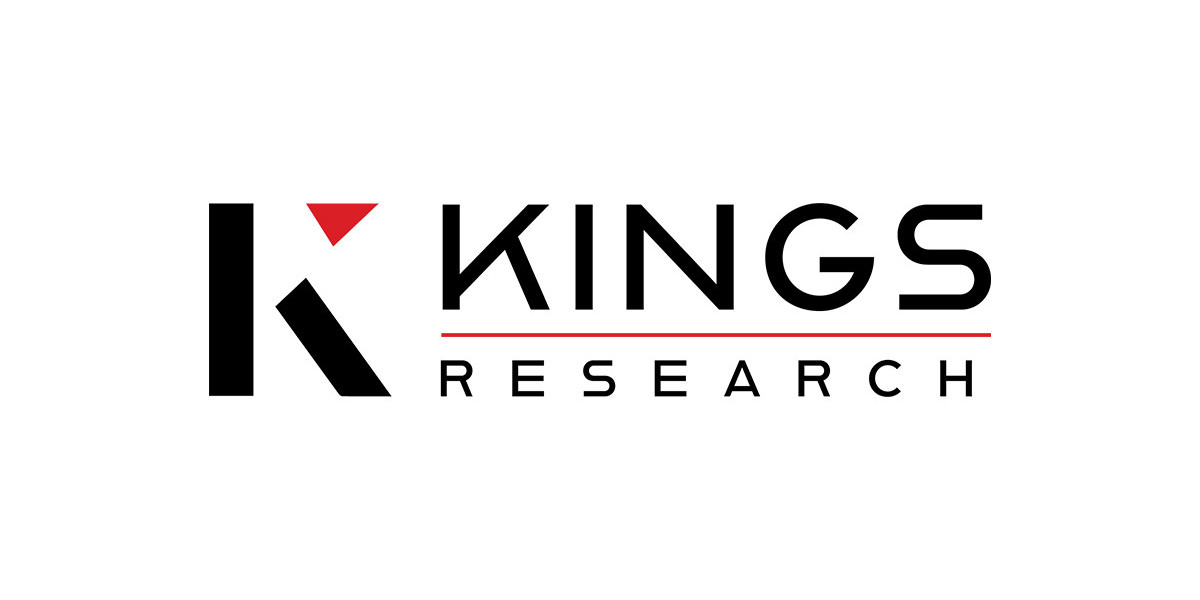Material handling equipment plays a crucial role in managing the efficient movement of materials within various industries and their supply chains. From manufacturing plants to warehouses, distribution centers and more, selecting the right material handling solutions can go a long way in boosting productivity and optimizing processes. Let's take a deeper look at some of the key types of material handling equipment and how they can benefit logistics operations.
Forklifts
As one of the most common and versatile Material Handling Equipment, forklifts remain integral for lifting and transporting a wide range of materials around facilities. They are available in various configurations based on load capacity and type of power source. Internal combustion forklifts run on gasoline, LP gas or diesel and offer portability and flexibility, while electric forklifts are best suited for indoor use due to their zero emissions. Rider pallet trucks are smaller forklifts designed for transporting loads on pallets over short distances. Reach trucks have an extendable lifting carriage for lifting and storing pallets at various rack levels, improving space utilization. Order pickers enable storage and retrieval of palletized loads from multi-tier racking using their elevated operator cabs and lifting forks.
Conveyor Systems
Conveyors provide continuous material movement through the use of belts, rollers, tracks and other transfer devices to transport items from one point to another. Belt conveyors are versatile systems used for horizontal, inclined and curved transports. Roller conveyors use rotating cylinders to move products and are best suited for delicate items or those that need to be turned or rotated during transport. Overhead conveyors suspend conveyor lines above the work area for transporting boxes, parts and other loads. Pallet conveyors specially handle unit load transports using roller beds or accumulation tables. Merging, diverting and accumulating functions allow creating complex conveying systems for interlinking manufacturing and assembly lines.
Automated Guided Vehicles
AGVs or automated guided vehicles use various navigation technologies like magstrips, cameras or lasers for unmanned transport of materials within facilities without the need for wire, rails or markers in the floor. They improve material flow, reduce labor costs and can easily be reconfigured for different layouts. AGVs are best suited for applications involving transportation over long distances with frequent directional changes in dynamic environments. Various types include towline trailers, unit load carriers, forklift-style load handlers and mini-load vehicles. Precise navigation and control systems allow AGVs to intelligently detect and avoid obstacles, collect data and interface with warehouse management systems.
Automated Storage and Retrieval Systems
ASRS are useful for high-density warehouse storage with access to all inventory at any given time. They integrate robotic shuttles or cranes that can autonomously store and retrieve loads from multi-tier vertical towers, racks or dense mobile shelving. This yields high space utilization of 80-90% compared to 35-55% with conventional shelving. Storage and retrieval times are faster at 1-2 minutes compared to 10-15 minutes walking an aisle. Various types of ASRS include vertical lift modules (VLM), vertical carousels, horizontal carousels, vertical lift modules and mobile rack systems. Their towears, shuttles and goods-to-person picking stations can be customized based on warehouse dimensions and throughput needs.
Sortation Systems
Sortation systems automatically route and sort cartons, parcels, bags and other items to their designated destination using conveyors, switches, scanners and controls. This boosts order fulfillment speeds in distribution centers. Tilt-tray sorters use inclined conveyors and gravity to direct diverging items into collection areas by tilting individual trays. Cross-belt sorters employ perpendicular belts switching items laterally across the system. Loop sorters rely on continuous conveying belts creating loops and switch points to individually transport each item to its exit. Shoe sorters suspend items on carriers that move down a serpentine path and divert into chutes. Robotic arms can also be integrated for sorting fragile or odd-sized items requiring more handling.
Advantages of Automation
Adopting automated material handling equipment provides numerous productivity benefits compared to manual handling methods. It streamlines workflows, reduces errors and damage/loss risks. Machine vision and sensors allow precise item tracking to meet traceability requirements. Labor costs are lowered as automated systems operate 24/7 with much higher throughput capacities. Efficiencies are heightened through reduced material handling times and fewer labor-intensive touchpoints in inventory movements. Inventory visibility is enhanced with real-time locating capabilities. Flexibility is improved as automated solutions can easily be reconfigured or expanded based on changing business needs. Upfront costs are typically offset by these long-term gains, making automation highly cost-effective in the future.
In the selecting the ideal material handling equipment requires assessing factors like facility layouts, volume requirements, item types being handled, budgetary limitations and more. A mix of automated and manually-operated solutions is often ideal to maximize benefits. Professional evaluation, vendor consultation and pilot testing help determine true ROI potential. Implementation may also require changes in operating procedures and technologies that integrate with existing WMS/ERP systems. Overall, investing in robust material handling capabilities can future-proof logistics operations, lowering operation expenses substantially in the years ahead.
Resources – How to Choose the Right Material Handling Equipment for Your Business Needs
"Types of Material Handling Equipment and Their Applications in Various Industriesâ€
Latest Development in Material Handling Equipment Market
Get This Report in Japanese Language:
Get This Report in Korean Language:
About Author:
Priya Pandey is a dynamic and passionate editor with over three years of expertise in content editing and proofreading. Holding a bachelor's degree in biotechnology, Priya has a knack for making the content engaging. Her diverse portfolio includes editing documents across different industries, including food and beverages, information and technology, healthcare, chemical and materials, etc. Priya's meticulous attention to detail and commitment to excellence make her an invaluable asset in the world of content creation and refinement. (LinkedIn- https://www.linkedin.com/in/priya-pandey-8417a8173/)










